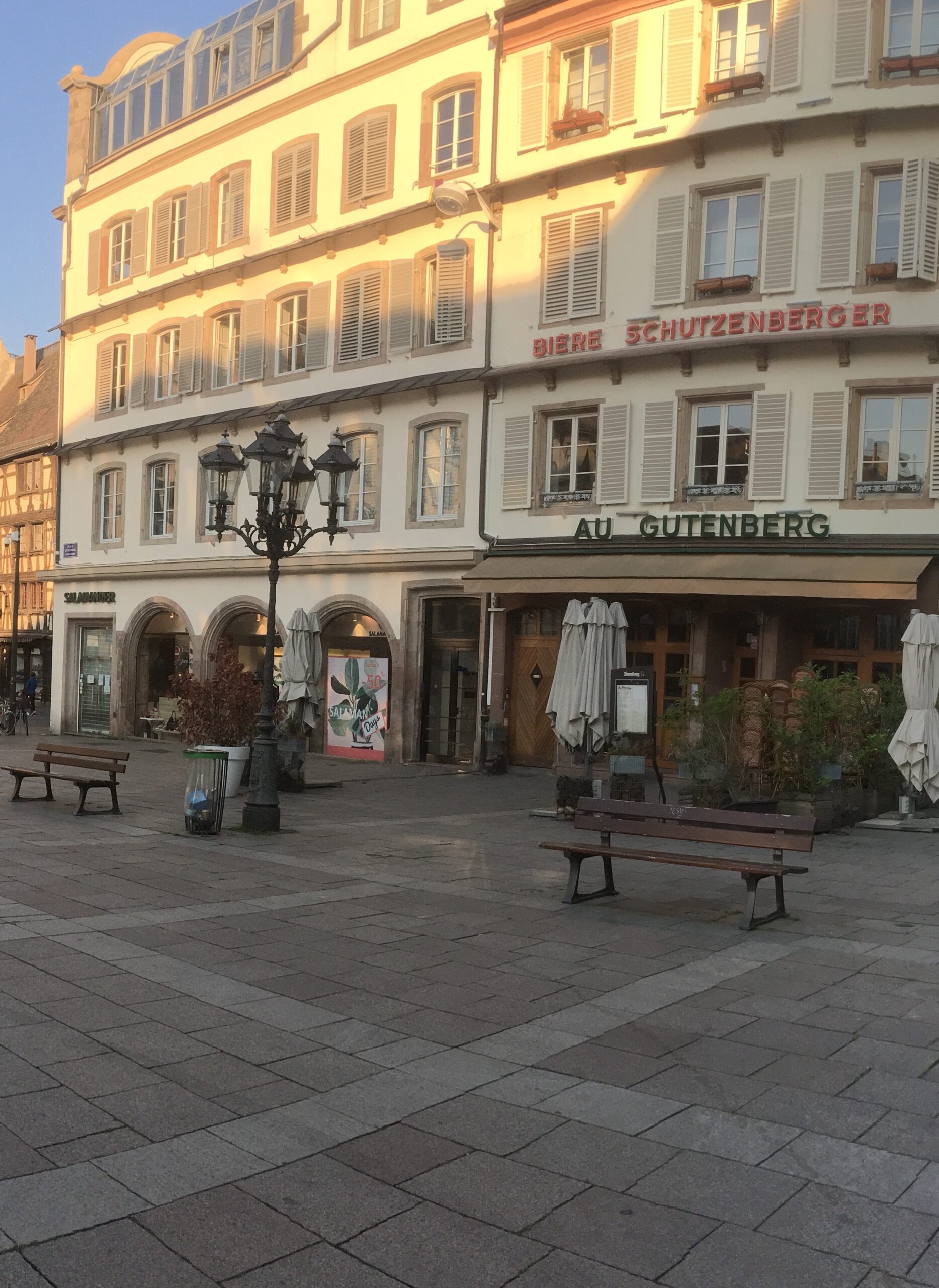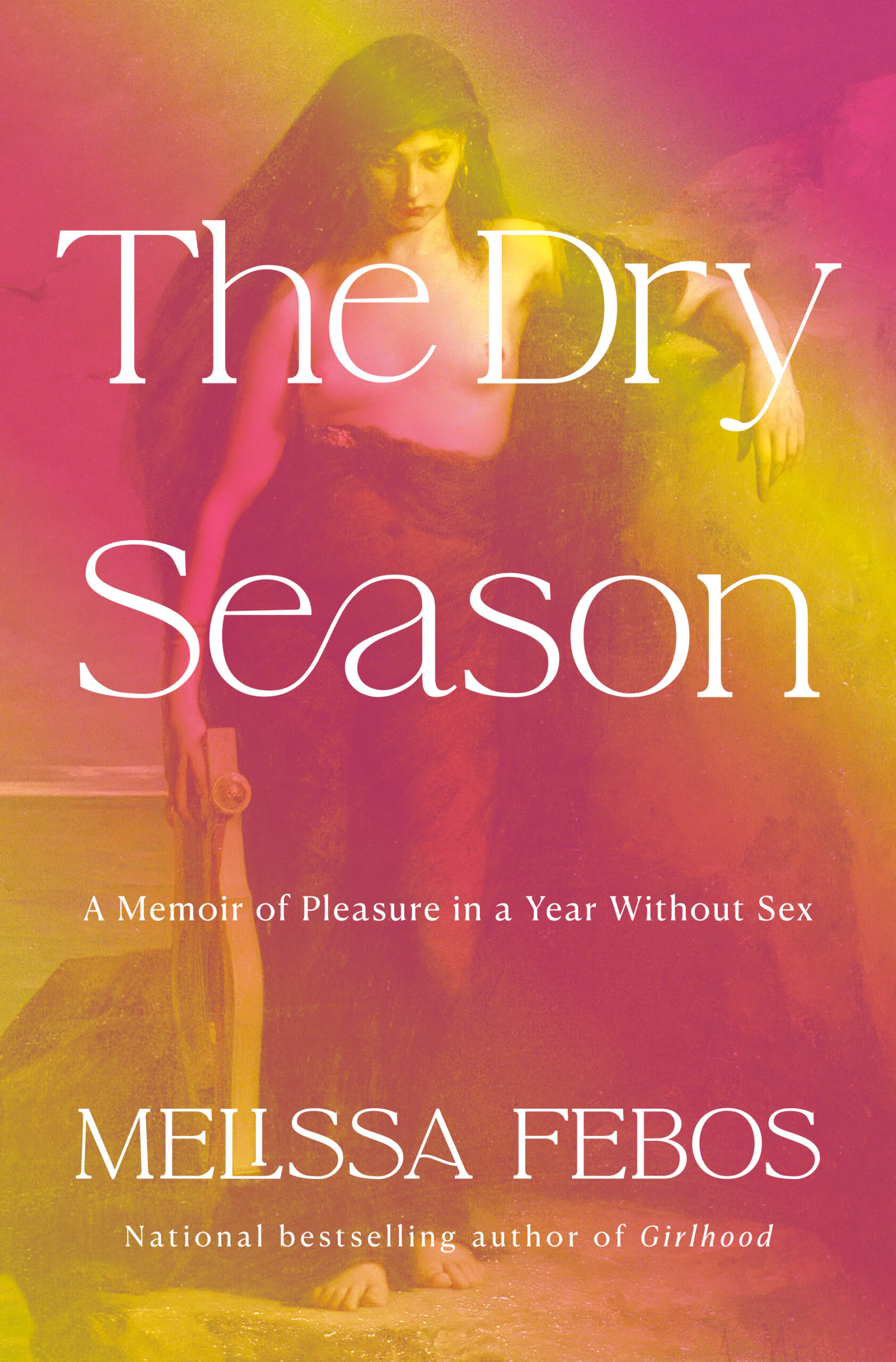Landa wo is a contributor to our Lusosphere portfolio in Issue 20.
Your name: Landa wo
Current city or town: Strasbourg
How long have you lived here: 5 years
Three words to describe the climate: Cold, mild, temperate
Best time of year to visit? Summer and Winter
1. The most striking physical features of this city/town are . . .
Strasbourg is located at the border with Germany. The core of the city is located on the Ill River.
The city is situated in the Upper Rhine Plain, east of the Vosges Mountains and west of the Black Forest. One of the key landmarks of the city of Strasbourg is its Gothic cathedral.
2. Historical context in broad strokes and the moments in which you feel this history. . .
Strasbourg’s history is linked to Germany’s. In the Franco-German War (1870–1871) the Germans captured Strasbourg and annexed it. The city reverted to France after World War I. Strasbourg was occupied by Germany again (1940–44) during World War II. An interesting fact we need to remember is that in Strasbourg in 1792, Claude-Joseph Rouget de Lisle, a French poet, musician, and soldier, composed the anthem of the Rhine Army, better known as “La Marseillaise,” the French national anthem which is still sung today. The cathedral of Notre-Dame in Strasbourg is an outstanding building.
3. Common jobs and industries and the effect on the town/city’s personality. . .
Economically, and from a business perspective, Strasbourg is an important manufacturing and engineering center, as well as a road, rail, and river communications hub. The port of Strasbourg is the second largest on the Rhine after Duisburg, Germany. Furthermore, Strasbourg is the seat of several important European institutions, such as the European Parliament, the Council of Europe, the European Court of Human Rights, and the Eurocorps, as well as home to the European Union’s Ombudsman. All this makes Strasbourg a truly international city.
4. Local/regional vocabulary or food?
Strasbourg’s position at the crossroads of France and Germany, being greatly influenced by both, makes the cuisine of Alsace highly original. The traveller cannot leave Strasbourg without trying Alsatian sauerkraut, Baeckeoffe casserole, Coq au Riesling, Tarte à l’oignon [onion tart], Tourte, Flammekueche or tarte flambée, and hot wine and bredele cakes.
Strasbourg has hosted a Christmas market since 1570 with its famous illuminations, Christmas tree, and pretty wooden chalets. This is a great time to try some of these Alsatian specialities.
5. Local political debates frequently seem to center on . . .
The 2020 municipal elections in France yielded a string of victories for environmentalists with several major cities turning Green, including Strasbourg. This election of a Green candidate could reshape Strasbourg’s urban policies for the next six years. The unprecedented backing for a once-minor Green political party Europe Écologie Les Verts is a great change for the city of Strasbourg. The change is also generational as the new mayor, Jeanne Barseghian, is 39-years-old, and willing to engage in new challenges connected with ecology, society, and democracy.
Landa wo’s poetry has appeared in a variety of publications. He can be found on Twitter @wo_landa.
Photo by author.




